- Home
- About S&T
- Taxa/Organisms
- Ecosystems
- Issues
- Methods & Tools
- Reports & Publications
- Location
- Search
Publisher: USGS | Science Center: Patuxent Wildlife Research Center (PWRC, Laurel) | Format: URL
www.pwrc.usgs.gov — Breeding Bird Survey (BBS) is a project monitored by the USGS and the Canadian Wildlife Service on the status and trends of North American bird populations. The data can be used to estimate population trends and relative abundances at various scales. The BBS is a cooperative effort between the U.S. Geological Survey's Patuxent Wildlife Research More...
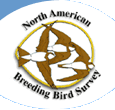
2008 | Publisher: USGS | Science Center: Fort Collins Science Center (FORT, Ft. Collins) | Format: URL
www.fort.usgs.gov — San Acacia Dam is located in a reach of the Rio Grande that has been designated as critical habitat for two endangered species, the Rio Grande silvery minnow (Hybognathus amarus) and the southwestern willow flycatcher (Empidonax traillii extimus). Presently, Rio Grande upstream from the dam is used to convey irrigation water to the Socorro main More...

2001 | Publisher: USGS | Science Center: Upper Midwest Environmental Sciences Center (UMESC, LaCrosse) | Format: URL
www.umesc.usgs.gov — Research at the Upper Midwest Environmental Center, which gathered detailed observations on tree swallow nesting success and contaminant concentrations in 1998-2000, to guide EPA and the U.S. Fish and Wildlife Service in effectively managing the risk of chemical contaminants to wildlife and the environment.
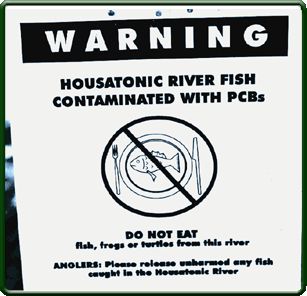
Publisher: USGS | Science Center: Fort Collins Science Center (FORT, Ft. Collins) | Format: URL
www.fort.usgs.gov — The Arizona Grasshopper Sparrow (Ammodramus savannarum ammolegus) breeds in desert grasslands of southeastern Arizona and southwestern New Mexico in the US, and in adjacent parts of northern Sonora and Chihuahua, Mexico. Roads that were surveyed in 1982 and 1987 in Arizona and New Mexico were relocated and roadside survey protocols were repeated More...

Publisher: USGS | Science Center: Alaska Science Center (ASC, Anchorage) | Format: URL
alaska.usgs.gov — This web resource provides information concerning the on-going Research at the USGS Alaska Science Center on birds and avian influenza (bird flu). The site links to quick facts, on-going research, workshop results, monitoring and surveillance, guidelines on how to safeguard against avian influenza, publications and reports, migratory bird More...
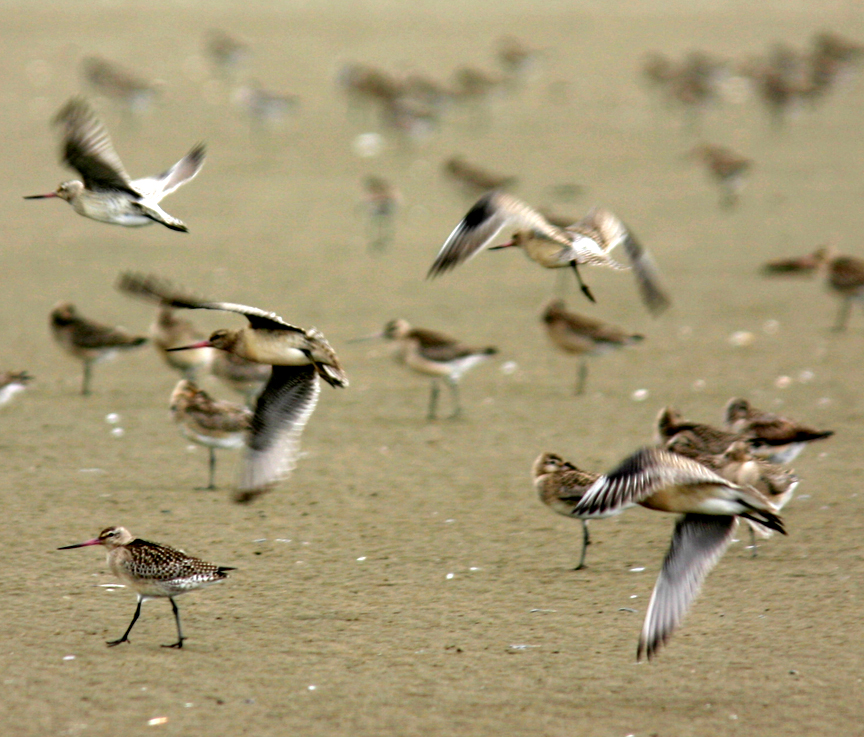
Publisher: USGS | Science Center: Patuxent Wildlife Research Center (PWRC, Laurel) | Format: URL
www.pwrc.usgs.gov — The North American Bird Phenology Program houses a unique and largely forgotten collection of six million Migration Observer Cards that illuminate migration patterns and population status of birds in North America. These handwritten cards contain almost all of what was known of bird status from the Second World War back to the later part of the More...
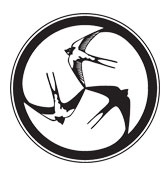
Publisher: Academic Institution (University of California-Davis) | Format: URL
tricolor.ice.ucdavis.edu — This website provides information on the tricolored blackbird (Agelaius tricolor), a near-endemic California passerine and the most colonial songbird in North America. The site is being developed with content appropriate for the largest audience, with basic natural history and conservation information, access to reports, images and videos, links More...

Publisher: USGS | Science Center: Western Ecological Research Center (WERC, Sacramento) | Format: .PDF
www.werc.usgs.gov — One cause for declines in desert tortoise populations is predation on juveniles by common ravens (Corvus corax), a predatory bird species native to the Mojave Desert. The Recovery Plan for the Desert Tortoise recommended that research be conducted on sources of mortality (including natural predation). This study was implemented to investigate the More...

Publisher: USGS (Snake River Field Station (SRFS)) | Science Center: Forest and Rangeland Ecosystem Science Center (FRESC, Corvallis) | Format: URL
srfs.wr.usgs.gov — Lapland Longspurs (Calcarius lapponicus) are a common breeding passerine on the tundra of northern Alaska and throughout the holarctic. This study has two components: the design of an area census survey method for Lapland longspurs with applicability to other highly visible species in open habitats, and 2) the description and quantification of the More...
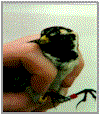
Publisher: USGS | Science Center: Fort Collins Science Center (FORT, Ft. Collins) | Format: URL
www.fort.usgs.gov — Biannually, millions of Neotropical and Nearctic migratory birds traverse the arid southwestern US-Mexico borderlands, yet the knowledge of avian migration patterns and behaviors in this region is extremely limited. To describe the spatial and temporal patterns of migration, echoes from weather surveillance radar sites across the American More...

Publisher: USGS | Science Center: Pacific Island Ecosystems Research Center (PIERC, Honolulu) | Format: URL
biology.usgs.gov — How is avian pox and malaria impacting native Hawaiian honeycreepers? USGS scientists in Hawaii conduct surveys, develop new diagnostic tools, and test management strategies to understand the impacts of these introduced vector borne diseases on native Hawaiian wildlife.

Publisher: Other (Society of Environmental Toxicology and Chemistry (SETAC)) | Format: .PDF
www.pwrc.usgs.gov — From the abstract: Environmental contaminants can have profound effects on birds, acting from the molecular through population levels of biological organization. An analysis of potential contaminant threats was undertaken at 52 Important Bird Areas (IBAs) within the northeastern Atlantic coast drainage. Using geographic information system More...
